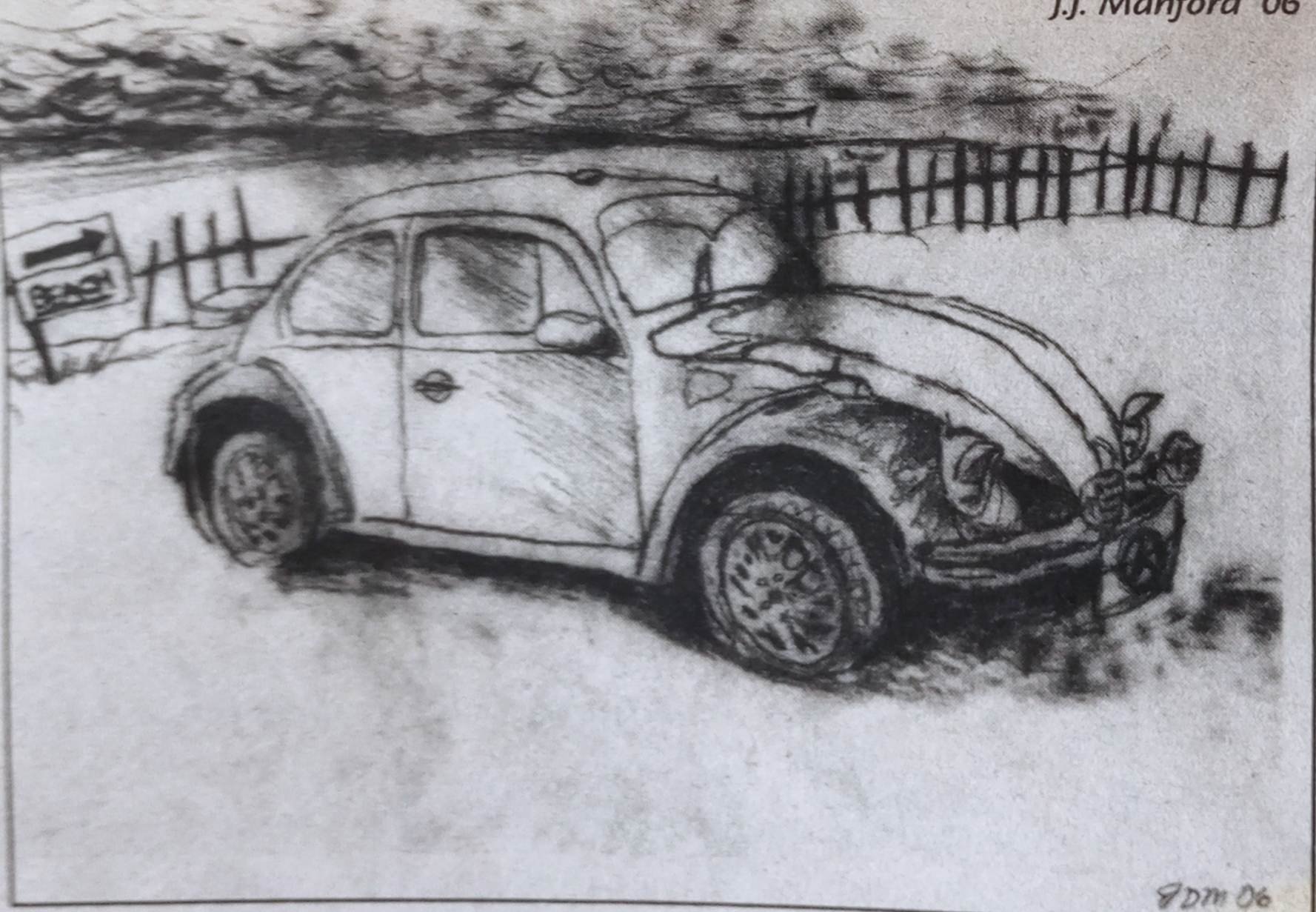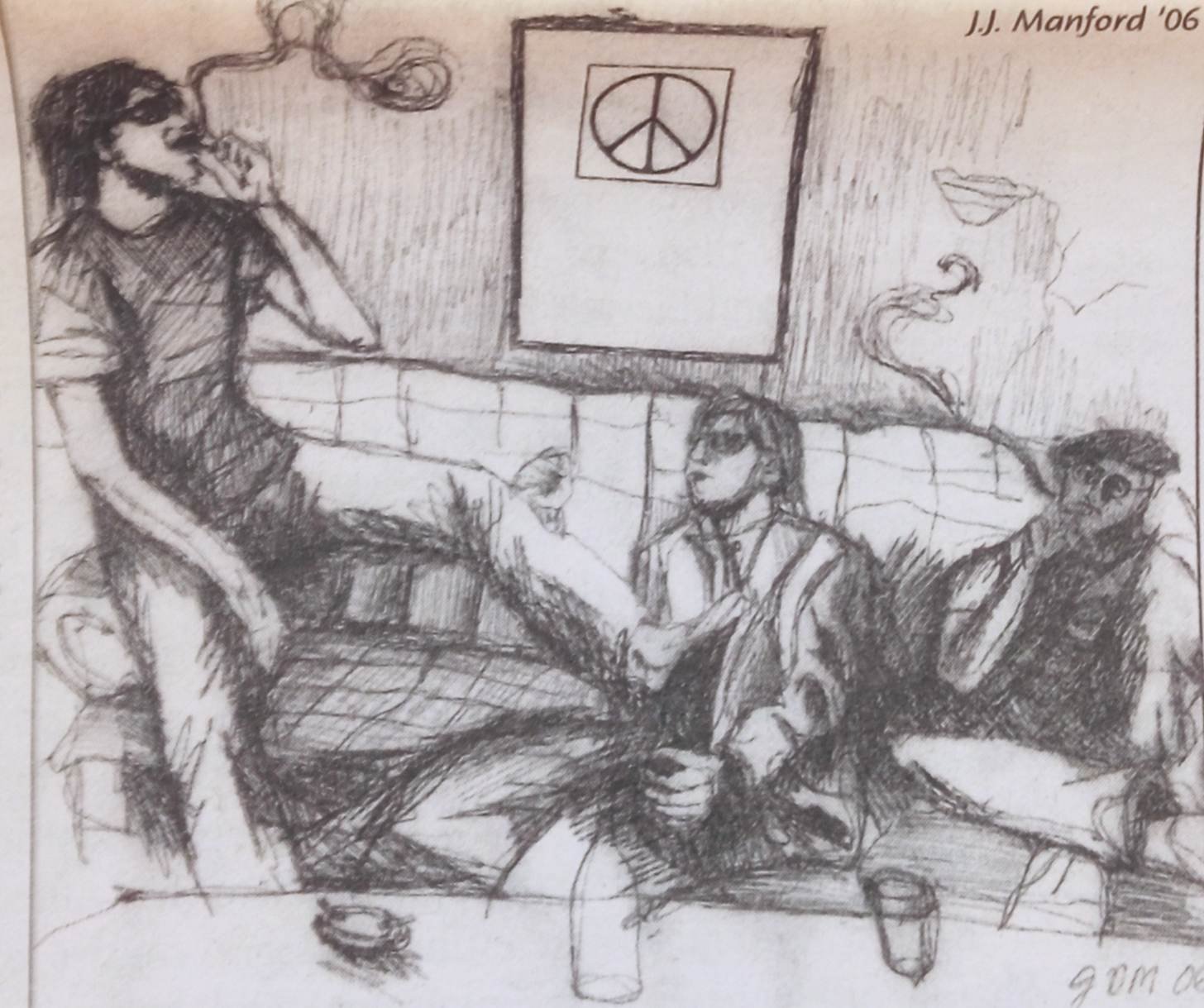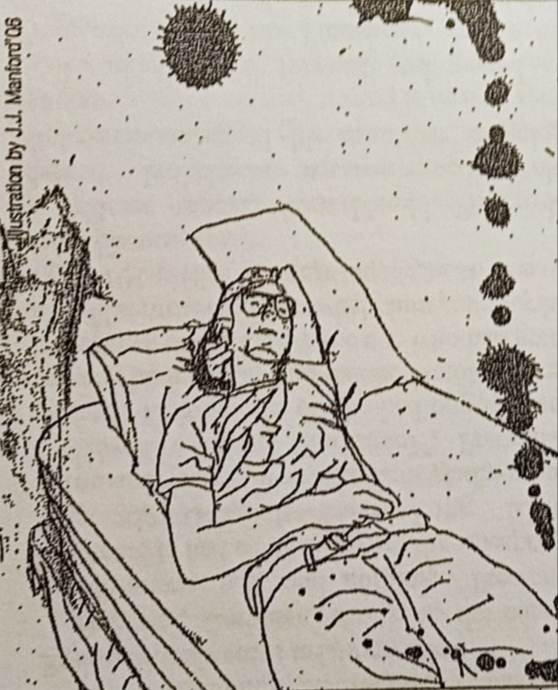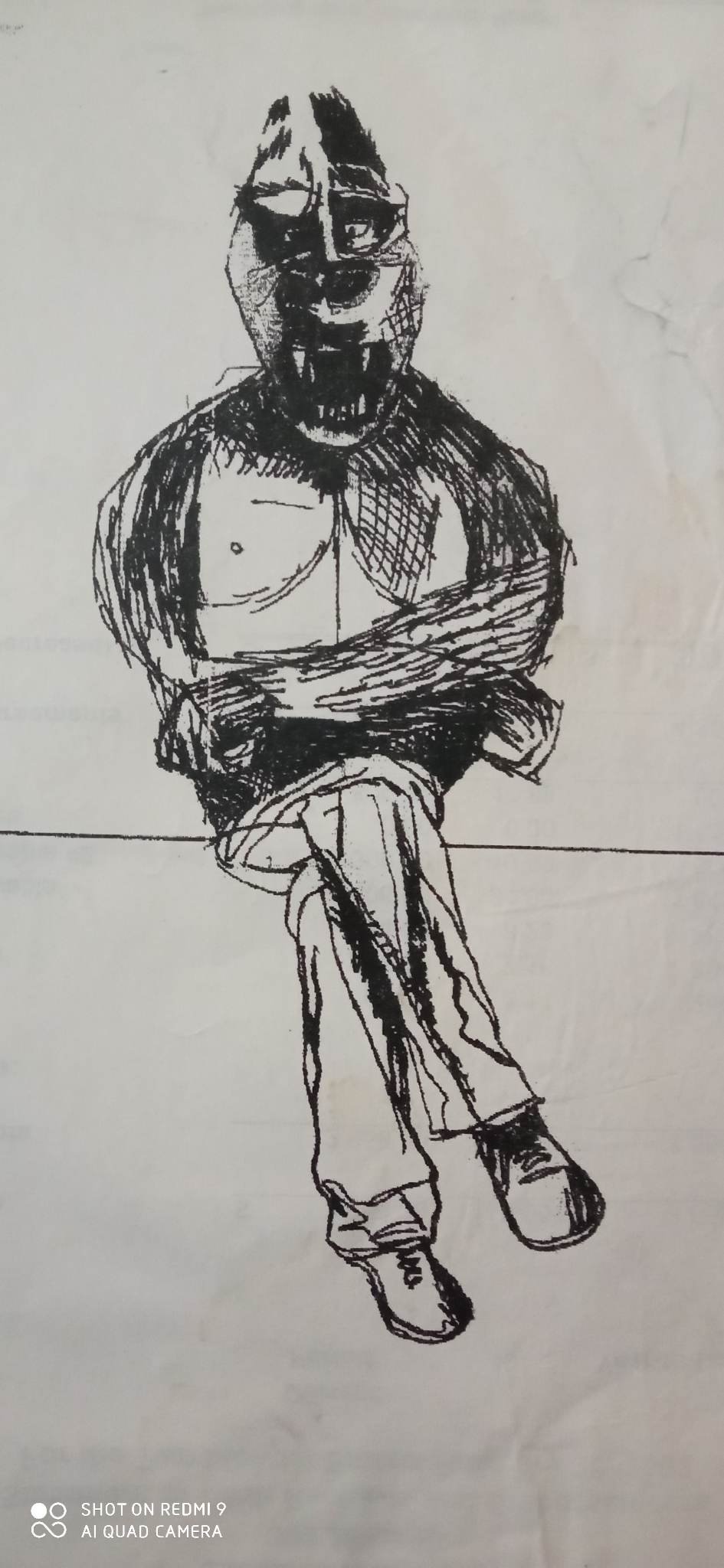“C-Town”




Some of the sketches that fellow Risleyite J.J. Manford '06 drew for the original edition of C Town Blues. Soon to be seen in ROOMS. The Works of J.J. Manford, the book-in-progress about J.J. and his art I am working on with the artist, to be published by Aminori of Riga in 2023.
No. 1: Prologue, February 12, 1971
No. 2: Baptism
No. 3: Election Night, 1968
No. 4: Strange Days
No. 5: Epiphany with Irish Setter
No. 6: When He Began Thinking Otherwise
No. 7: Intermission, or Where Is This Thing Going?
No. 8: Dead Squirrels Tell No Lies
No. 9: Spring Offensive
No. 10: A Night to Remember
No. 11: No Speed Limit, or The Ultimate Summer Job
No. 12: Coming Into the Canyon
No. 13: Running Toward the Sun
No. 14: What Goes Up Must Come Down
No. 15: Of Hand Grenades and Hyper-Bull Sessions
No. 16: Epiphany, Early Morning, Collegetown
No. 17: Persona Non Grata
No. 18: Exile on Main Street
No. 19: Return of the Nowhere Man
No. 20: Going Up the Country
No. 21: Spawn on the Lawn
No. 22: Rothman in Love
No. 23: The End (Sort Of)
I love great fiction.
There was nothing pre-ordained about devoting my literary career to non-fiction. I didn’t work for my high school newspaper, though I was an occasional contributor to my college newspaper, The Cornell Daily Sun. Nevertheless, when my history advisor, Laurence Moore, suggested that I think about becoming a professional journalist after reviewing my somewhat eccentric (if nicely illustrated) senior thesis on father of positive thinking Emile Coue, it was the first time I actually had considered it as a serious prospect.
Indeed, if I aspired to be any kind of writer before then, it was to be a great fiction writer.
I just didn’t think I could cut it. Nor, so far as I could tell from the inane jottings in the one fiction workshop I did take, could any of my peers. It wasn’t so much that I couldn’t write, or that didn’t write — it was that we didn’t have anything to write about.
Or at least, we thought we didn’t.
Of course, we did. Even the most obtuse of us, back in 1973, were aware of the fact that Cornell — and the nation — had just passed through an extraordinary time, i.e., the late ’60s and the early ’70s. Four years after the fact, all of us who’d had the mixed blessing of entering Cornell in 1968 (and who were still there) could remember the moment he heard that the black militants who had seized Willard Straight Hall were armed; or the subsequent night, when 10,000 students invaded Barton Hall; or the first time we dropped acid and stayed up all night in a cold-water C-Town apartment; or the night in 1972 when the Ithaca Police went bananas and decided to tear gas a block party, causing the worst riot in the city’s history; or the morning in November 1968, when we discovered, to our collective dismay, that Richard M. “Tricky Dick” Nixon had been elected president; or the yet-more-nauseating one, four years later when he was re-elected and George McGovern, the antiwar candidate, had won but one state (and the District of Columbia) — the night, arguably, when the party-cum-riot-cum-nightmare-cum-consciousness-raising/lowering-obliterating trip called the ’60s finally ended.
We indeed had something to write about, probably more so than any prior student generation since “Our Dancing Daughters,” to cite the famed 1920s Joan Crawford movie about the “flaming youth” of the flapper decade (unsurprisingly, the one into which I escaped into as the ’60s died down). But, in the spring of 1973, we were still too close to the freaky-wow-search-and-destroy-napalm-LSD-sock-it-to-me-right-on era (which I described in my first published magazine piece, “Where Is The Cornell Heart?“, in The Cornell Alumni News that spring) to write about it with any clarity.
Or maybe we just didn’t have the chops.
Maybe we were scared off by the one frighteningly good novel about Cornell that had been written in the near past, namely Richard Farina’s classic “Been Down So Long It Looks Like Up To Me.” Published in 1967, Farina’s quintessential college novel had late ’50s Cornell so down pat that, well, it was probably wasn’t worth trying. But our era, in which the seeds of rebellion planted during Farina’s time finally blossomed — or exploded, nearly exploding Big Red in the process — was at least, if not more scary, weird, exciting and epochal. They certainly didn’t have Mazola Parties (in which students dropped acid and rolled around in sheets of Saran Wrap covered with Mazola), or students throwing college presidents off stages (as happened to quintessentially hapless liberal college president James Perkins in the spring of 1969), SDS meetings attended by thousands (like the one that took place in the wake of the 1968 armed takeover of Willard Straight Hall) when Farina and his relatively few mildly subversive types were ensconced on The Hill. (Not to knock Farina and his pioneer Collegetown pals, or the even more avant garde late ’40s/early ’50s freaks depicted in Charles Thompson’s Cornell-inspired 1957 novel, “Halfway Down the Stairs”). I mean (notice the period speak into which I am falling), we had just lived through The ’60s! Right on! Dig it! (And all that period verbal muzak.)
Maybe, in the case of my all-too-many contemporaries who surrendered their consciousness (to use another countercultural codeword), we just wanted, to use the words of the mocking chant we used to cry out at night as we passed Uris Library and all those geeks hunched over their books, silhouetted in the windows of the tomb-like stacks, to WORK! STUDY! GET AHEAD!
Or maybe we would-be Fitzgeralds and Farinas were deterred from writing the grand fictive Testament of Youth by that well-known saying about the ’60s, the one to the effect that only the people who weren’t there (i.e., at the epicenter of that cultural/political tsunami we passed through) talked or wrote about it — and that those who were, didn’t.
Well, I was there.
In my case, I continued to listen to the sound of that hepcat I heard at night hanging out in the Echo Chamber of Anabel Taylor Hall and the back room of the Palms. You know, that Different Drummer cat. That one who said, you know, sally forth and spread the word about Rod Serling and Finland and the College of the Atlantic, and all those weird, wacky, wonderful interests you have. But the Different Drummer also said: don’t even think about writing fiction until you’ve had a life.
It’s been cooking and simmering up there in the old brain for some time. Being back here on The Hill after returning in 2002 as artist-in-residence at Risley (hey, isn’t that the ghost of Gordon Sander approaching from the other side of the Arts Quad?) obviously reactivated some memories — good, bad, and ugly (don’t expect me to romanticize the period) — as well as underlined the need for such a novel. Thirty years after the fact, Cornell is still living in the shadow of the ’60s — as are we all. And yet no book, fiction or non-fiction, has really captured what it was like to be a fairly normal, mixed-up, confused, excitable, liberal-radical student quester trying the ride the crest of the tsunami.
Over three decades have passed since the sturm und drang of the late ’60s — or, to be chronologically exact, the period stretching from September 1968, when the country continued to reel from the televised scenes of mayhem from the previous summer’s Chicago Democratic Convention, and my fictive alter ego, Harold Rothman ’72, arrives at “Plymouth University,” just as the Berkeley of the East (as Ithaca was described a 1970 countercultural college survey) is about to explode; through the convulsions and craziness culminating in Rothman’s suspension from Plymouth after racking up a record 0.0 cumulative average; his return to Plymouth in the fall of 1970 as the Movement began to run out of steam; Harold’s falling in love and settling down to a somewhat normal life with his girlfriend in Collegetown; through the summer of 1974 and their break-up, which coincides with the scenes of Nixon’s resignation.
Anyway, to end this solipsistic balderdash: I am taking a shot at it. My novel-in-progress is tentatively called “C-Town Blues.” The good people at the Sun have decided to serialize it. Initial reaction from both students and fellow Cornell ’60s alumni has been very encouraging.
Who knows? Maybe I still have a shot at becoming Big Man on Campus!
Richard Farina, watch out!
Stay tuned, and as the old codgers in the Bartle & James commercial used to say:
THANK YOU FOR YOUR SUPPORT!

